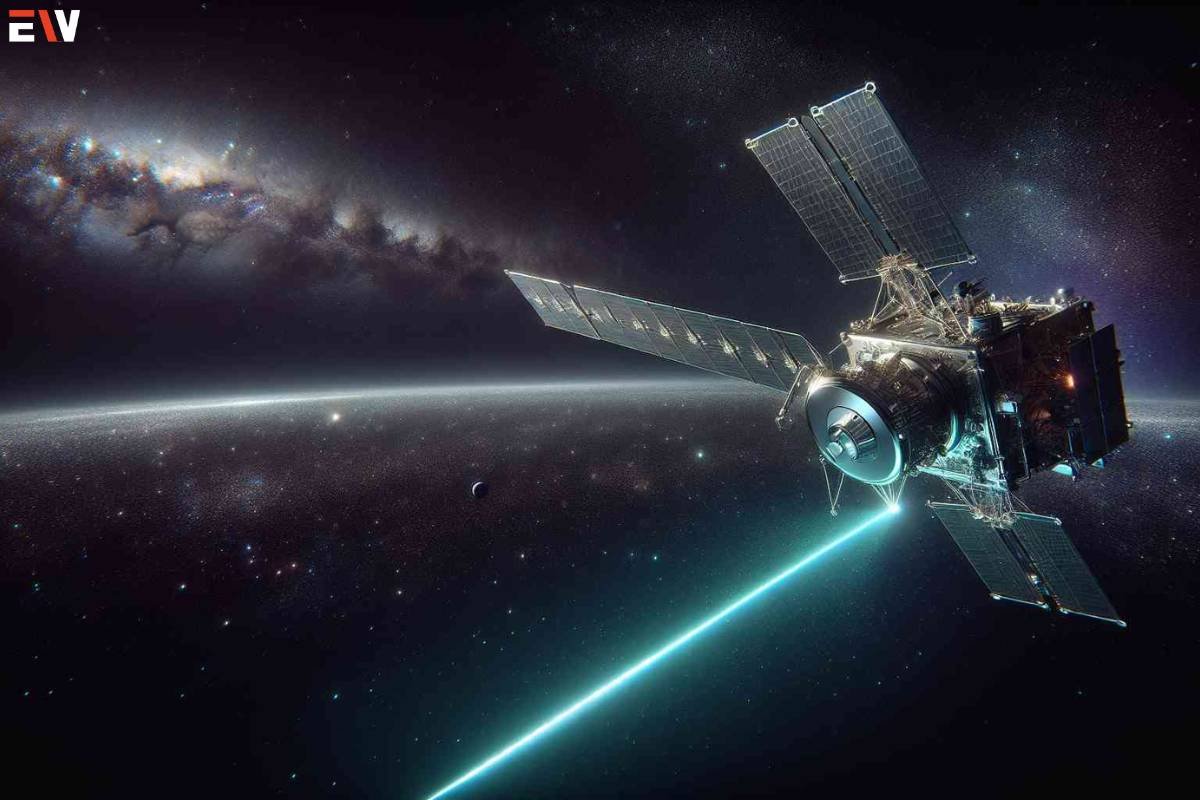source-TS2-Space
NASA’s exploration frontiers have been pushed further as the Psyche spacecraft accomplished a pioneering feat in space communication, marking a significant breakthrough for the agency.
Revolutionary Laser Transmission
In an unprecedented move, a near-infrared laser, carrying encoded test data, traveled an astonishing distance of nearly 10 million miles from NASA’s Psyche spacecraft and relayed back to Caltech’s Palomar Observatory in San Diego County, California.
Leaps Beyond Previous Distances
This groundbreaking transmission surpasses distances by a magnitude, measuring 40 times farther than the Earth-Moon distance, setting a remarkable benchmark. Comparatively, recent space missions, like SpaceX’s Starship, reached around 93 miles into space.
Successful “First Light” Transmission
NASA experiment sends 1st-ever data via laser far beyond Moon
The historic laser transmission occurred on November 14. Psyche’s advanced laser transceiver, capable of sending and receiving near-infrared signals, established a connection with an uplink laser sent from NASA’s Jet Propulsion Laboratory (JPL) in California.
With the assistance of the uplink laser, Psyche’s transceiver directed its downlink laser back to Caltech’s Palomar Observatory. Automated systems meticulously calibrated the transceiver’s alignment both onboard and at ground stations.
Advancing Solar System Data Transmission
NASA heralded this accomplishment as a critical stride towards enhancing data transmission across the vast expanse of the solar system. While the agency has relied on radio frequencies for spacecraft communication, this marks the first instance of transmitting information over such expansive distances using lasers.
Mission Objectives and Significance
The Psyche spacecraft, launched aboard SpaceX’s Falcon Heavy rocket in October, embarks on a mission to explore a metal-rich asteroid. This mission falls under NASA’s Deep Space Optical Communications (DSOC) experiment.
Trudy Kortes, NASA’s director of Technology Demonstrations, emphasized the significance of achieving this “first light” milestone. It’s part of a series of pivotal steps for DSOC, aiming to pave the way for high-data-rate communications capable of transmitting scientific information, high-definition imagery, and streaming video—supporting the vision of human exploration on Mars.
Potential for Revolutionary Data Rates
DSOC’s ambition is to demonstrate data transmission rates 10 to 100 times faster than current radio frequency systems. While both radio and near-infrared laser communications use electromagnetic waves, near-infrared light significantly densifies data, enabling ground stations to receive more information.
This groundbreaking achievement sets the stage for future space exploration endeavors, promising higher-resolution scientific instruments and transforming the landscape of interstellar data transmission.










